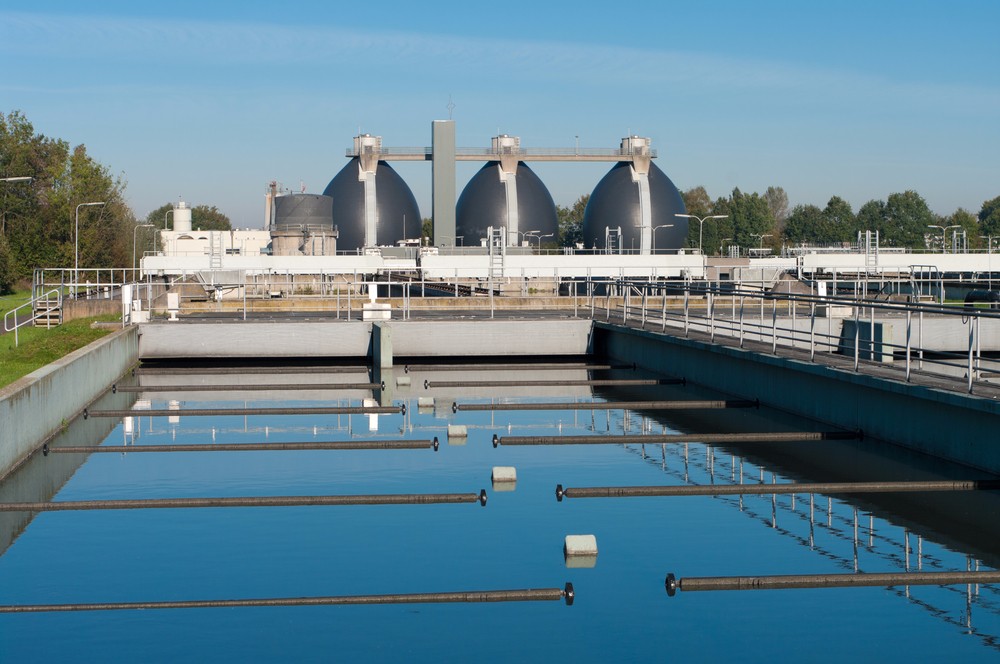-
 中文
中文
 EN
EN
- Hotline : 0086 13929201380
- E-mail : susan@zkhtdefoamer.com gdzhonglianbang@gmail.com
-

-
ZILIBON DEFOAMER CHEMICAL
- Home
- About Us
-
Defoamer
- Application Industry
- Water Treatment Defoamer Building Materials Defoamer Water Based Paint Defoamer Printing and Inks Defoamer Paper Defoamer Mining Defoamer Defoamer for Textile and Dyeing Defoamer Fermentation Water Based Adhesive Defoamer Industrial Cleaning Defoamer Defoamer for Household & Cleaning Metalworking Defoamer Defoamer for Oil and Gas Agriculture Defoamer PCB Defoamer Desulfurization Defoamer Rubber industry Defoamer
- Application Ingredient
- Other antifoams Powder Defoamer Mineral Oil Defoamer Water based defoamer Silicone Antifoam Polyether Antifoam Oil Based Antifoam Non-silicone defoamer
- Brand defoamer
- BYK Defoamer DOW Defoamer Tego Antifoam WACKER Antifoam
- News & Cases
- Our Services
- Contact Us
